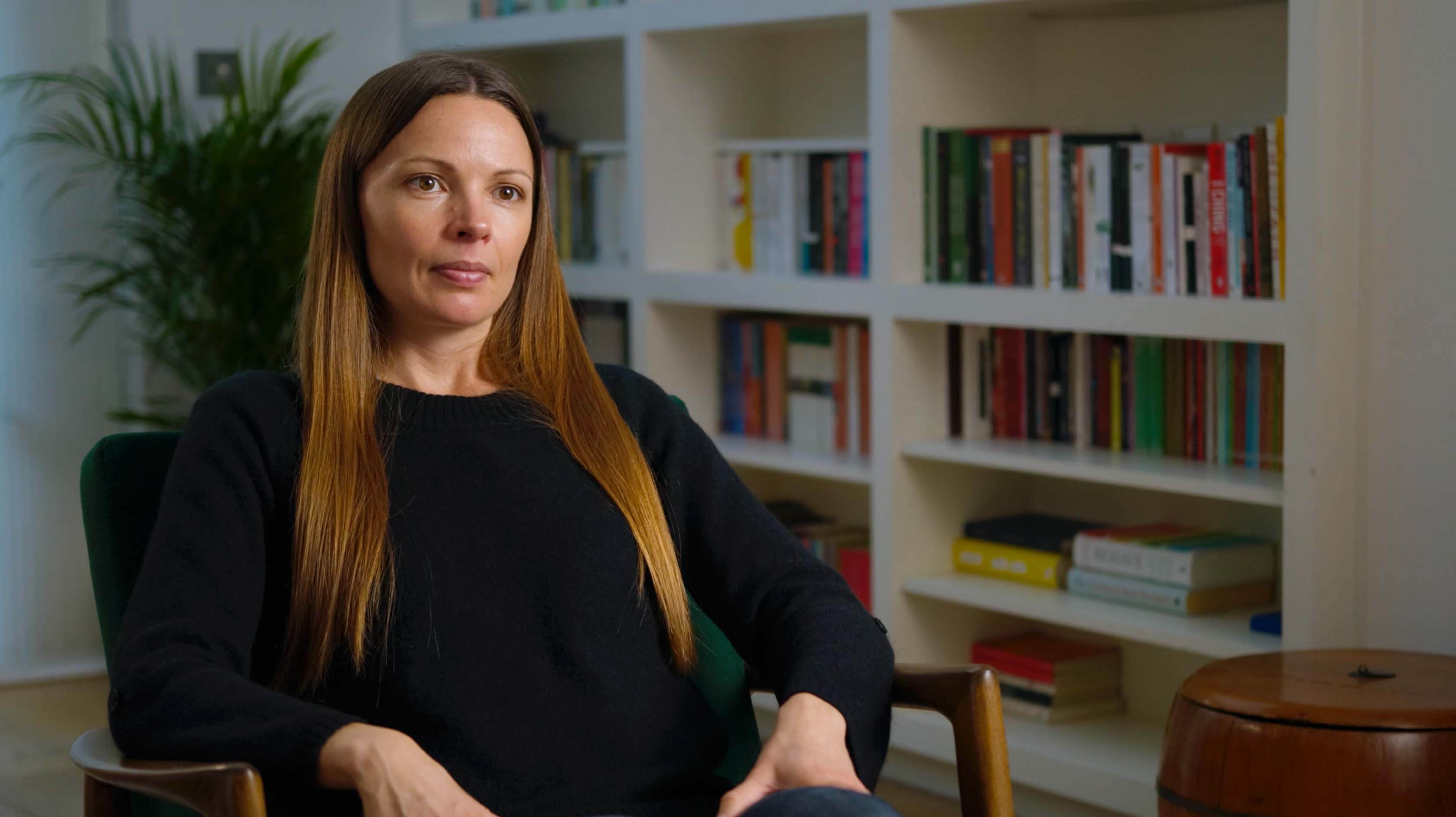
Influencer Marketing: Instagram versus YouTube
Author, A Lady in London and a Leading Travel Influencer
inpractise.com/articles/influencer-platforms
Why is this interview interesting?
- How influencers view Instagram and YouTube as a marketing channel
- Using different styles and types of content marketing on both channels to maximize engagement
Interview Transcript
Can we just compare YouTube and Instagram, as a channel? How do you look at the differences?
I’d say that part of it is, YouTube has some SEO value. Therefore, some brands want to go with YouTubers, because they want longevity with the campaign and the content. They want people to be able to search and find it for a long time. Whereas Instagram, the shelf life, even of a feed post, is much shorter. It’s much more of a one-day burst, to get the word out and then it usually tails off. Especially with stories that, obviously, are gone after 24 hours.
I’d also say that YouTube is, obviously, all video, so sometimes they want to go with YouTube because it’s a very video-focused campaign. You can do video on Instagram, but it’s not necessarily the obvious choice. I’d say Instagram is mainly for still photography or if you want multiple photos in a carousel post, or if you want the multimedia stories, live, Instagram, video, TV element of it, feed posts, you can do a lot of different things within that.
It also depends on demographics. If you want somebody with a specific demographic and that demographic is on Instagram, then great. If you want somebody with a different demographic and they’re on YouTube, that’s fine too. It can also depend on the creator themselves. If you want to work with that specific person and they are just stronger on one or the other, that could be a reason, as well.
Do you see brands taking very different approaches on YouTube or Facebook, and making mistakes in assuming they are both the same?
Yes, I do see brands, sometimes, making the mistake of saying that they want all the same content on the same platforms. That can work, depending on what it is, but I think it’s better if you have a specific approach for each platform. I usually tell people, when I teach classes, the medium dictates the message. Really understanding what works well on one platform and tailoring the content specifically for in, not just in terms of format and length, but also in terms of style. Additionally, in terms of what a creator is doing or what creator you work with. I also think it’s important that brands have an understanding, themselves, of the platforms. I’ve worked with a lot of brands, in the past, who I can tell, halfway through a campaign, that they’ve never actually seen the platform that I’m using. That can be detrimental to the partnership, if I know that they don’t actually understand what the platform is used for or how we share content on the platform and they’re asking me to do something that doesn’t quite work. Or sometimes, they make assumptions. I once worked with a brand on a Snapchat campaign and the person I worked with didn’t actually know that the Snapchat content disappears after 24 hours. When I told them that, they were completely shocked and I was completely shocked that they didn’t know.
The important thing for brands, is not just to be working with influencers, but also really try to understand how the platforms work and how the influencers work.
Let’s say you are advising a brand to move into influencer marketing, would there be certain steps that you would advise? For example, get in touch with some of the platforms or anything you would advise for them to run through?
Related Content

Social Media: Authenticity
Author, A Lady in London and a Leading Travel Influencer

Influencer Marketing: Instagram
Author, A Lady in London and a Leading Travel Influencer

Influencer Marketing 101
Author, A Lady in London and a Leading Travel Influencer

Mistakes Influencers Make
Author, A Lady in London and a Leading Travel Influencer
Copyright Notice
This document may not be reproduced, distributed, or transmitted in any form or by any means including resale of any part, unauthorised distribution to a third party or other electronic methods, without the prior written permission of IP 1 Ltd.
IP 1 Ltd, trading as In Practise (herein referred to as "IP") is a company registered in England and Wales and is not a registered investment advisor or broker-dealer, and is not licensed nor qualified to provide investment advice.
In Practise reserves all copyright, intellectual and other property rights in the Content. The information published in this transcript (“Content”) is for information purposes only and should not be used as the sole basis for making any investment decision. Information provided by IP is to be used as an educational tool and nothing in this Content shall be construed as an offer, recommendation or solicitation regarding any financial product, service or management of investments or securities.
© 2024 IP 1 Ltd. All rights reserved.
Full interview
Julie Falconer
Author, A Lady in London and a Leading Travel Influencer
Related Content

Social Media: Authenticity
Author, A Lady in London and a Leading Travel Influencer

Influencer Marketing: Instagram
Author, A Lady in London and a Leading Travel Influencer

Influencer Marketing 101
Author, A Lady in London and a Leading Travel Influencer


